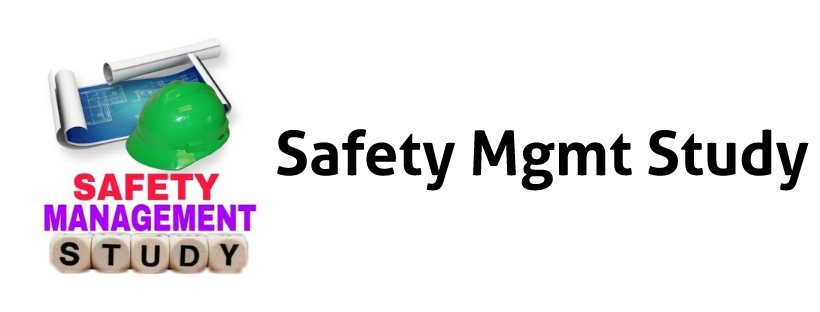SCBA Breathing Duration Calculation Formula - Self Contained Breathing Apparatus
Self Contained Breathing Apparatus (SCBA) breathing duration can be calculated easily by using a specific formula mentioned in this article. Duration calculation of a SCBA is very important before using for rescue purpose of for short term use in oxygen deficient area.
Learn how to calculate the breathing duration of Self Contained Breathing Apparatus (SCBA) with our comprehensive formula guide. Discover the importance of SCBA in oxygen-deficient environments and firefighting scenarios. Get insights on SCBA capacities, pressures, and safety margins for efficient usage. Start ensuring safety today!
What is SCBA:
SCBA - Self Contained Breathing Apparatus is a PPE or equipment used by a user in oxygen deficient area or area contaminated with toxic gases, smoke and other harmful air contaminants where normal breathing is not possible.
When SCBA to be used?
Self Contained Breathing Apparatus can be used during firefighting, confined space rescue or where normal breathing is not possible due to presence of toxic gases, smoke or in absence of sufficient oxygen.
SCBA Breathing Duration Calculation Formula:
By using this formula you can calculate the breathing duration by SCBA:-
Example Duration of SCBA:
What is 10 in SCBA breathing duration calculation formula:
What is 40 in SCBA breathing duration calculation formula:
Finally by putting values in formula:
Means an SCBA of 9 liter having pressure of 300 bar can be used for 57 minutes.
FAQ's SCBA
How often an SCBA must be inspected?
OSHA requires checking respirators before and after use, Special ones like SCBAs and emergency escape respirators should be checked monthly and NIOSH recommends checking SCBAs weekly
When should SCBA cylinders undergo hydrostatic testing?
SCBA (Self-Contained Breathing Apparatus) tanks must undergo a hydrostatic test every five years to ensure they are safe for use
Who can use SCBA?
SCBA (Self-Contained Breathing Apparatus) can be used by trained individuals who require respiratory protection in environments where the air is unsafe to breathe
Components of SCBA?
SCBA (Self-Contained Breathing Apparatus) typically contains components such as a facepiece (mask), regulator, air cylinder, pressure gauge, and harness to provide breathable air to the user in hazardous environments
What type of air is typically found inside SCBA units?
The air inside SCBA (Self-Contained Breathing Apparatus) is typically compressed, clean breathing air, free from contaminants, to ensure the safety of the user in hazardous environments
What components of SCBA units need to be inspected?
During inspection, SCBA (Self-Contained Breathing Apparatus) should be checked for any signs of damage, including cracks, leaks, or worn-out components. Additionally, the functionality of critical parts such as the facepiece, regulator, air cylinder, pressure gauge, and harness should be inspected to ensure they are in proper working condition




.jpg)









.png)

.png)
0 Comments